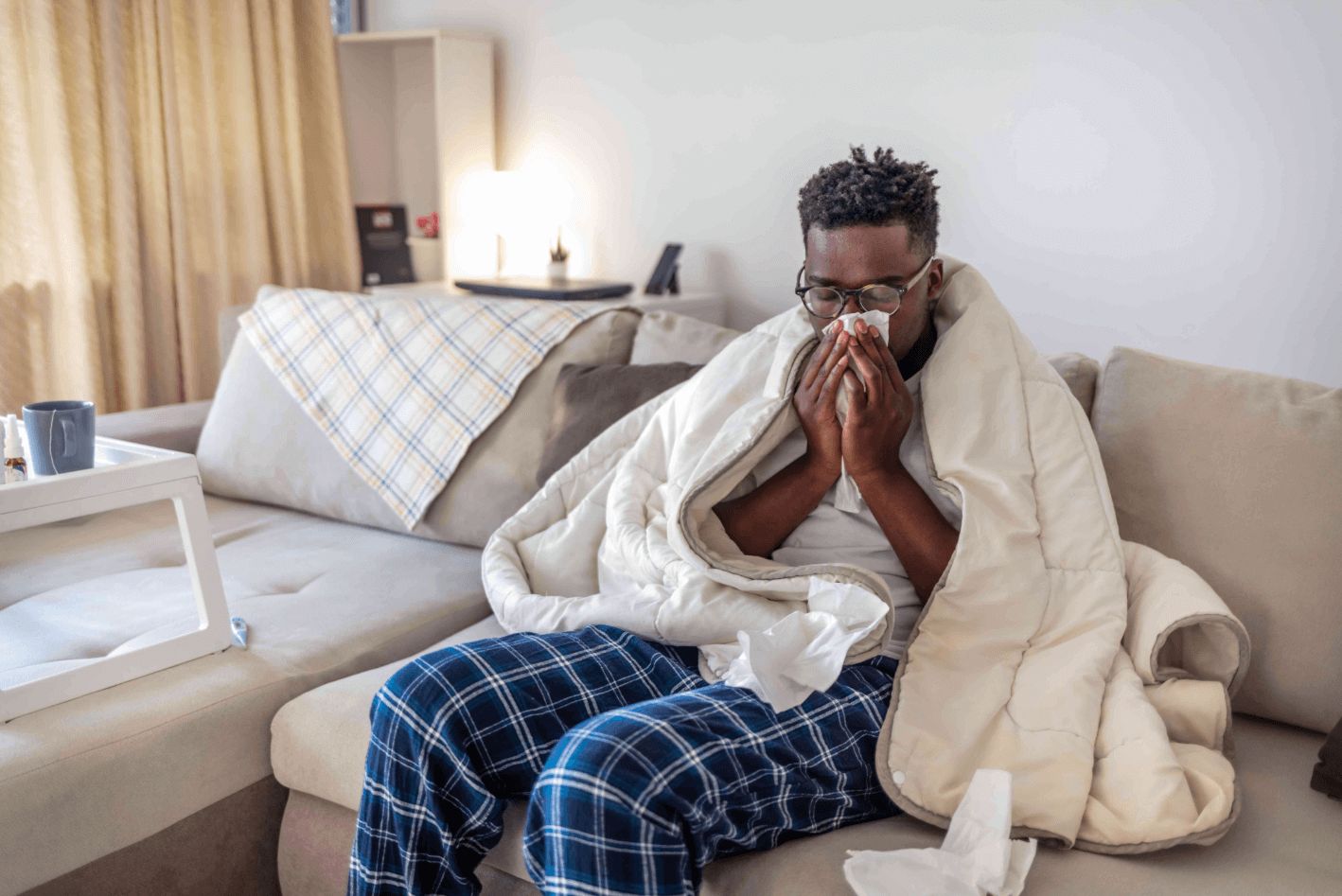- Thriving Guide
- Posts
- How Long Do Colds Last? Understanding the Stages
How Long Do Colds Last? Understanding the Stages
From first sniffle to final cough, here’s how long cold symptoms really last and when to worry.

Catching a cold may be common, but getting through one can still feel like a slog especially when symptoms seem to linger for weeks. While most colds resolve in 7 to 10 days, some side effects like coughing or congestion can stick around much longer.
The key to understanding what’s normal and when to seek help lies in knowing the four stages of a cold. Here’s what each stage looks like, how long it typically lasts, and when it’s time to call your doctor.
Stage 1: Incubation (1–5 Days After Exposure)
This is the period after you’ve been exposed to a virus but before symptoms appear. You won’t feel sick yet, but the virus is already multiplying in your body.
Most cold symptoms appear 2–3 days after exposure, but depending on the virus, it could take up to two weeks.
Adenoviruses, for example, may incubate for 5–14 days before you feel anything.
During this stage, you may unknowingly spread the virus to others.
Stage 2: Early Symptoms (1–2 Days)
Cold symptoms often come on gradually. You’ll likely notice:
A scratchy throat that may turn into a sore throat
Fatigue or feeling unusually tired
Sneezing and mild congestion
Runny nose
At this point, you're officially contagious. It’s important to cover your mouth when coughing or sneezing, wash your hands often, and consider staying home if possible to avoid spreading the virus.
Stage 3: Peak Symptoms (2–4 Days)
This is when you’ll feel your worst. The virus is in full swing and your immune system is mounting its defense. Common peak symptoms include:
Body aches
Persistent cough
Hoarseness or voice changes
Sinus pressure or ear pain
Loss of smell or taste
Fever (especially in children)
How to feel better:
Rest as much as possible
Drink plenty of fluids
Use OTC medications (like acetaminophen or ibuprofen) to manage pain or fever
Inhale steam to ease congestion
Avoid smoking, which worsens symptoms
Stage 4: Recovery (Up to 2 Weeks)
The final stage can last anywhere from a few days to a couple of weeks. Your immune system is clearing the infection, and symptoms begin to fade. However, lingering effects like a dry cough or stuffy nose may persist.
Mild symptoms often stick around even when you're feeling better
Most people are no longer contagious after 24 hours fever-free and with improving symptoms
If a cough lingers longer than 3–4 weeks, check with your doctor to rule out complications
What Is a Postinfectious Cough?
Even after a cold has resolved, you may develop a postinfectious cough, which can last up to 8 weeks. This is caused by lingering inflammation or postnasal drip, and while annoying, it’s not typically contagious.
What Affects How Long a Cold Lasts?
Several factors can influence how long it takes to recover:
Age: Children and adults over 65 often take longer to bounce back
Immune health: Chronic conditions like asthma, COPD, or diabetes may prolong recovery
Lifestyle: Smoking, poor nutrition, or high stress can slow healing
When You’re Most Contagious
Colds are most contagious in the first 2–3 days after symptoms start, but you can still spread the virus before you even realize you’re sick. To avoid infecting others:
Wash hands frequently
Avoid close contact with others
Wear a mask if you're coughing or sneezing
Stay home until symptoms improve and you're fever-free for 24 hours
When to See a Healthcare Provider
A cold typically resolves on its own, but seek medical attention if you experience:
Severe breathing problems or chest pain
Signs of dehydration
A fever over 105°F or one that lasts more than 48–72 hours
Cold symptoms that persist beyond 10 days without improvement
Be cautious with young children, older adults, and people with weakened immune systems. Certain viruses, like adenoviruses, can cause serious complications in these groups.
Common Cold Viruses
The most frequent culprits include:
Rhinoviruses (cause up to 60% of all colds)
Adenoviruses
Coronaviruses (not to be confused with COVID-19)
No matter the type, most colds follow the same progression from early throat irritation to full-blown symptoms to eventual recovery.
If this guide helped you understand your symptoms better, share it or subscribe to our newsletter for more health updates and seasonal wellness tips.